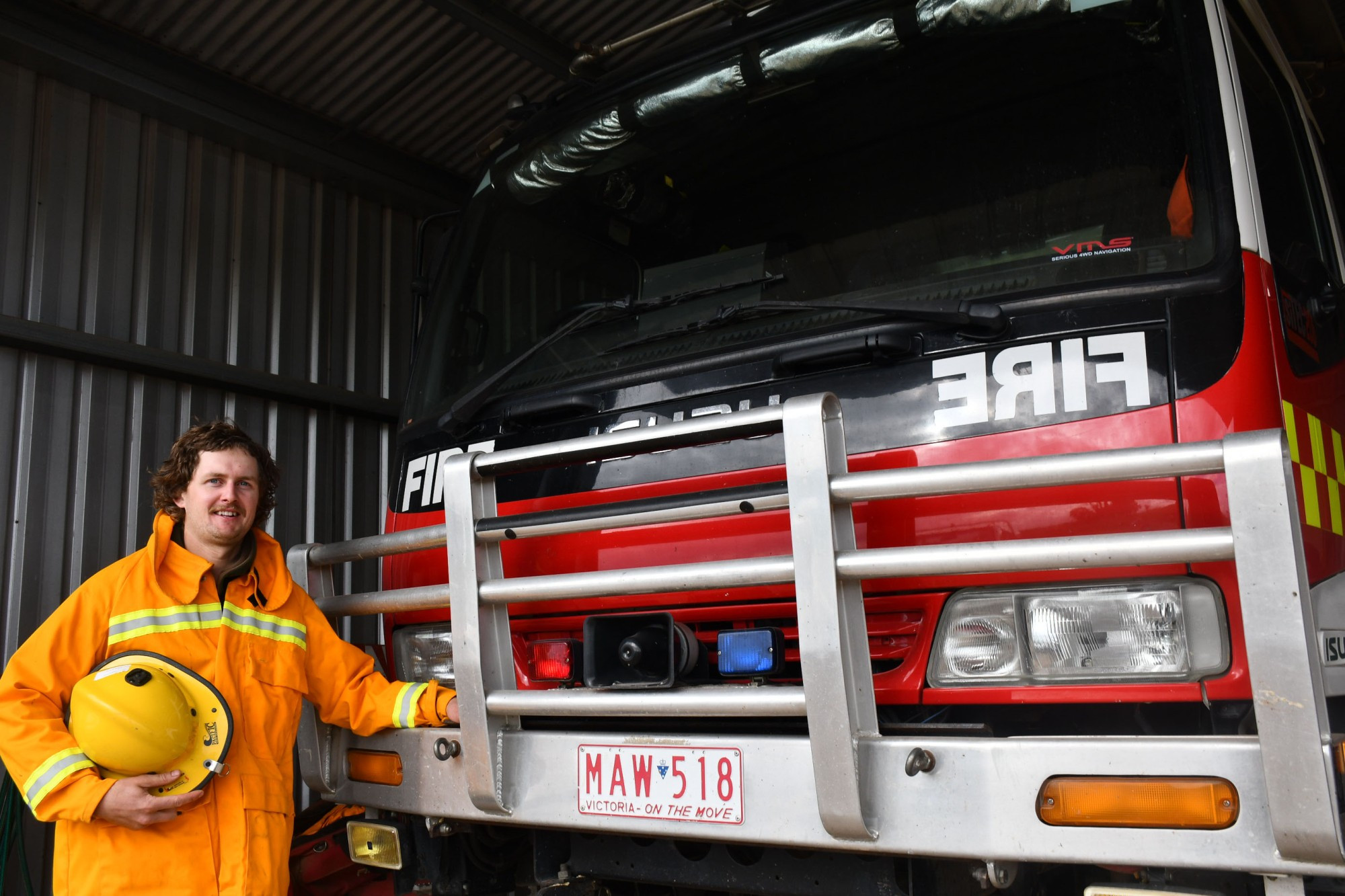General News
21 September, 2023
Summer Series: Prepare your fire action plan
Warmer and drier conditions through spring and summer are now more likely according to the Bureau of Meteorology (BOM), as local fire brigades like Mt Cameron urge residents to tackle fire prevention around the home now. The Bureau has declared an...

Warmer and drier conditions through spring and summer are now more likely according to the Bureau of Meteorology (BOM), as local fire brigades like Mt Cameron urge residents to tackle fire prevention around the home now.
The Bureau has declared an El Niño and positive Indian Ocean Dipole (IOD) meaning warmer and drier conditions are more likely in south-eastern Australia as both weather events tend to draw rain away from the country.
BOM climate manager Dr Karl Braganza said warmer and drier conditions are now much more likely through to autumn.
“Over spring, their combined impact can increase the chance of below average rainfall over much of the continent and higher temperatures across the southern two-thirds of the country,” he said.
“The Bureau’s three-month forecast for Australian rainfall and temperature has been indicating warm and dry conditions for some time.
“An established El Niño and positive IOD reinforces our confidence in those predictions. Based on history, it is now also more likely that warm and dry conditions will persist over eastern Australia until autumn.”
Increased fire danger is associated with El Niño conditions which increase the risk of extreme temperature shifts like heatwaves and hotter days, according to the BOM, and it is the first time since 2015 that both an El Niño and IOD were declared concurrently.
The updated weather forecast for the coming months has local fire brigades on alert, including Mt Cameron, which was one of 20 brigades to attend a significant grass fire at Mount Glasgow in February.
The fire burnt through 350 acres and came within metres of several homes, destroyed an old bus and fencing, with alerts issued to residents in Clunes, Dunach, Craigie and surrounds to ‘leave now’ on what was a windy day.
Mt Cameron Fire Brigade Captain Parker Fawcett said there was a feeling of anxiety ahead of the coming fire season, and with weather forecasts looking less than ideal for an incident free summer, said the onus is on property owners to get fire ready now.
“I probably feel the same as I do every summer which is not too good, I think everyone gets anxious coming into the season but not necessarily in a bad way — it’s something that’s in the back of your mind,” he said.
“Most of the incidents we have in this area tend to come from lawnmowers and machinery so if it’s dry, hot and there’s wind it’s probably not an ideal time to be mowing your lawn or using a slasher.
“Now is really the time to be getting on top of that and knocking down grass around your home as much as you can, I remember the Mount Glasgow fire earlier in the year had really high grass and there was a lot of fuel for that fire to burn through — that’s what we want to avoid.”
Captain Fawcett said being in a predominantly agricultural area at Mt Cameron the fire risk looked different compared to more built up or forested areas, which is something residents need to consider.
“The obvious things will always be relevant like not waiting until it’s too hot to get fire ready with water and pumps. Start thinking about that now so that if there is a fire, you’re ready,” he said.
“I think it’s a particularly good idea to put fire breaks around your home in this area, whether that’s just keeping grass short or even a plowed break — it might not be as aesthetically beautiful as green lawn, but it is effective.
“If you’re physically capable, getting out regularly and raking piles of leaf litter to keep your property tidy is important.”
Captain Fawcett said it would also be beneficial to CFA if property owners could map water access points and details of roads, tracks and property access prior to an emergency.
“If people have an understanding of their own local area, they could map out their own water access points,” he said.
“Rather than something popping up and CFA having to coordinate and talk with locals, if someone just had a drawn out plan of what dams are decent, where tracks are and that sort of thing, that information saves us time and makes firefighting a lot easier.”